Home » Agriculture Services
Land use planning is the process of managing the development and use of land to balance environmental, economic, and social needs. It involves zoning, infrastructure planning, resource management, and community engagement to ensure sustainable growth. Effective land use planning helps prevent overcrowding, protect natural resources, and promote efficient transportation systems. Aligning land use with long-term goals, it supports economic development, improves quality of life, and ensures that urban, rural, and natural areas are used responsibly for present and future generations.
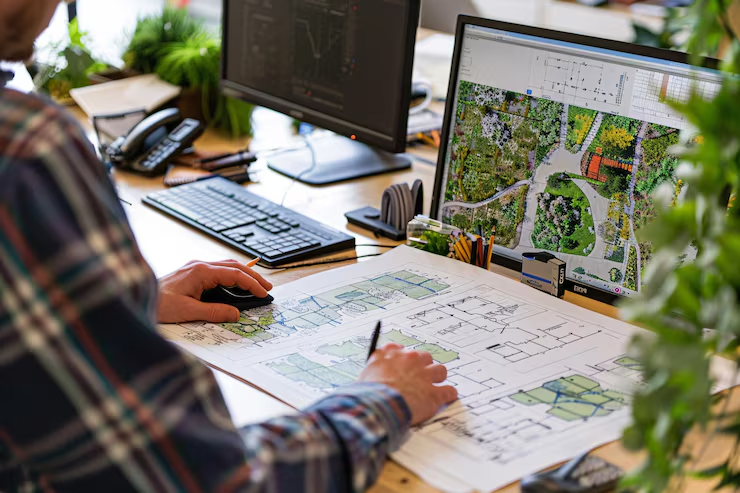
Greenhouse construction involves designing and building structures that create controlled environments for growing plants year-round. These structures use transparent materials like glass or polycarbonate to let sunlight in while retaining heat. Key steps include selecting a suitable site with good sunlight, choosing the right frame and covering materials, and installing proper ventilation, heating, and irrigation systems. Well-built greenhouses protect crops from pests, extreme weather, and seasonal changes, boosting productivity. They support sustainable agriculture by enabling efficient water use, reducing chemical needs, and extending growing seasons.

An irrigation setup is the system used to deliver water to plants efficiently, ensuring healthy growth and higher yields. It involves choosing the right method, such as drip, sprinkler, surface, or subsurface irrigation, based on crop type, soil, and climate. Key components include a water source, pumps, pipes, filters, valves, and distribution lines. Proper design ensures uniform water coverage, prevents wastage, and reduces labor. A well-planned irrigation setup conserves water, improves soil health, and supports sustainable farming by meeting crop needs at the right time and quantity.
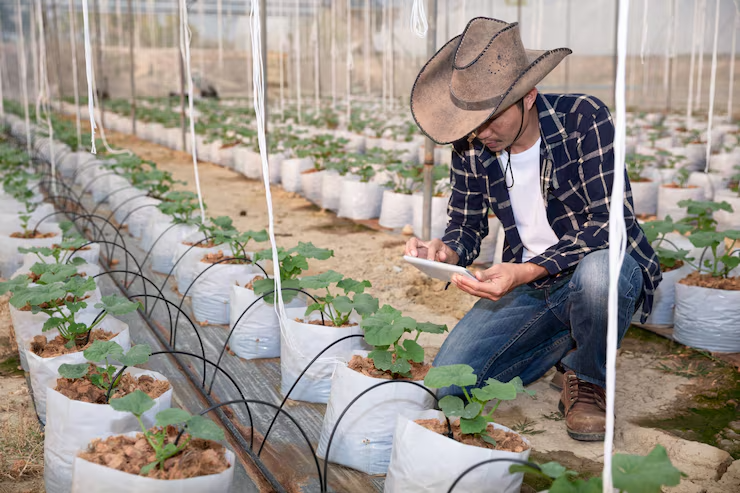
Soil sampling is the process of collecting small portions of soil from different locations in a field to analyze its physical and chemical properties. It helps determine nutrient levels, pH, texture, and organic matter, providing essential data for crop selection and fertilizer application. Samples are typically taken using a probe, auger, or shovel at specific depths and mixed to form a representative sample. Accurate soil sampling guides farmers in making informed decisions, improving crop yields, preventing over-fertilization, and maintaining long-term soil health and sustainability.
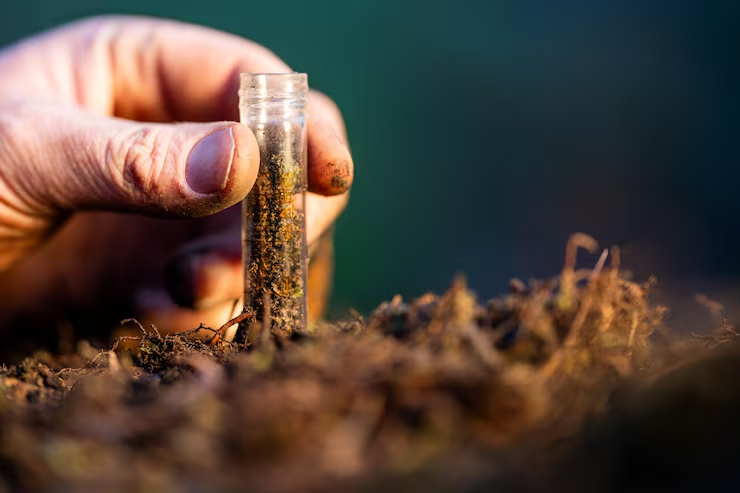
Animal housing construction involves designing and building shelters that provide livestock with safe, comfortable, and healthy living conditions. The structure should protect animals from extreme weather, predators, and diseases while allowing adequate space, ventilation, lighting, and drainage. Materials used vary based on the species, climate, and budget—ranging from simple sheds to advanced barns with automated feeding and waste systems. Proper housing improves animal welfare, boosts productivity, and reduces stress-related illnesses. Well-planned designs also support efficient cleaning, feed management, and sustainable farming operations.
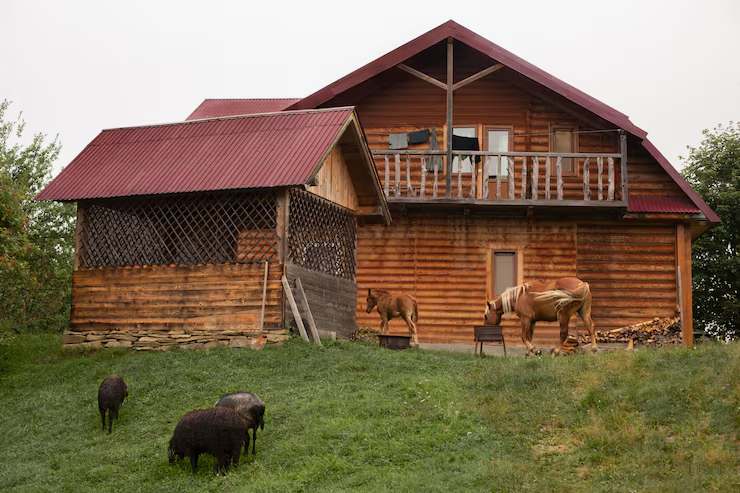
An agricultural business plan is a detailed roadmap outlining how a farming or agribusiness venture will operate and succeed. It typically includes an executive summary, business objectives, market analysis, crop or livestock production plans, marketing strategies, operational structure, and financial projections. The plan identifies resources needed—such as land, equipment, labor, and capital, and outlines risk management measures. A well-prepared agricultural business plan helps secure funding, guide decision-making, and track progress, ensuring sustainable growth, profitability, and adaptability to changing market and environmental conditions.

Animal housing construction involves designing and building shelters that provide livestock with safe, comfortable, and healthy living conditions. The structure should protect animals from extreme weather, predators, and diseases while allowing adequate space, ventilation, lighting, and drainage. Materials used vary based on the species, climate, and budget—ranging from simple sheds to advanced barns with automated feeding and waste systems. Proper housing improves animal welfare, boosts productivity, and reduces stress-related illnesses. Well-planned designs also support efficient cleaning, feed management, and sustainable farming operations.
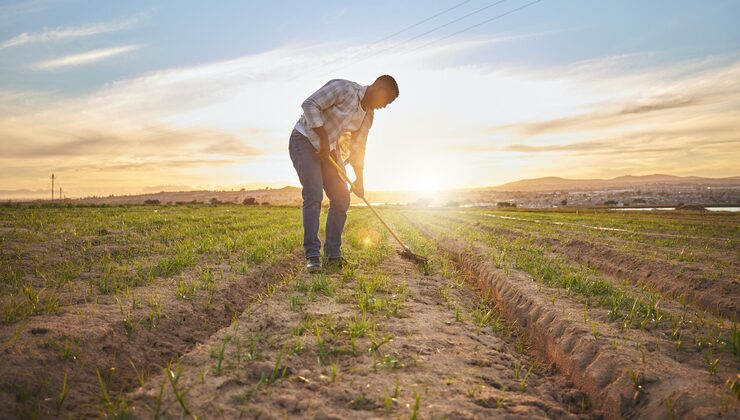
We support business growth through expert consultancy in development, training, buying, importing, exporting, with a focus on transparency.
All Rights Reserved © 2025 TAAK Group of companies – Designed by digju.com